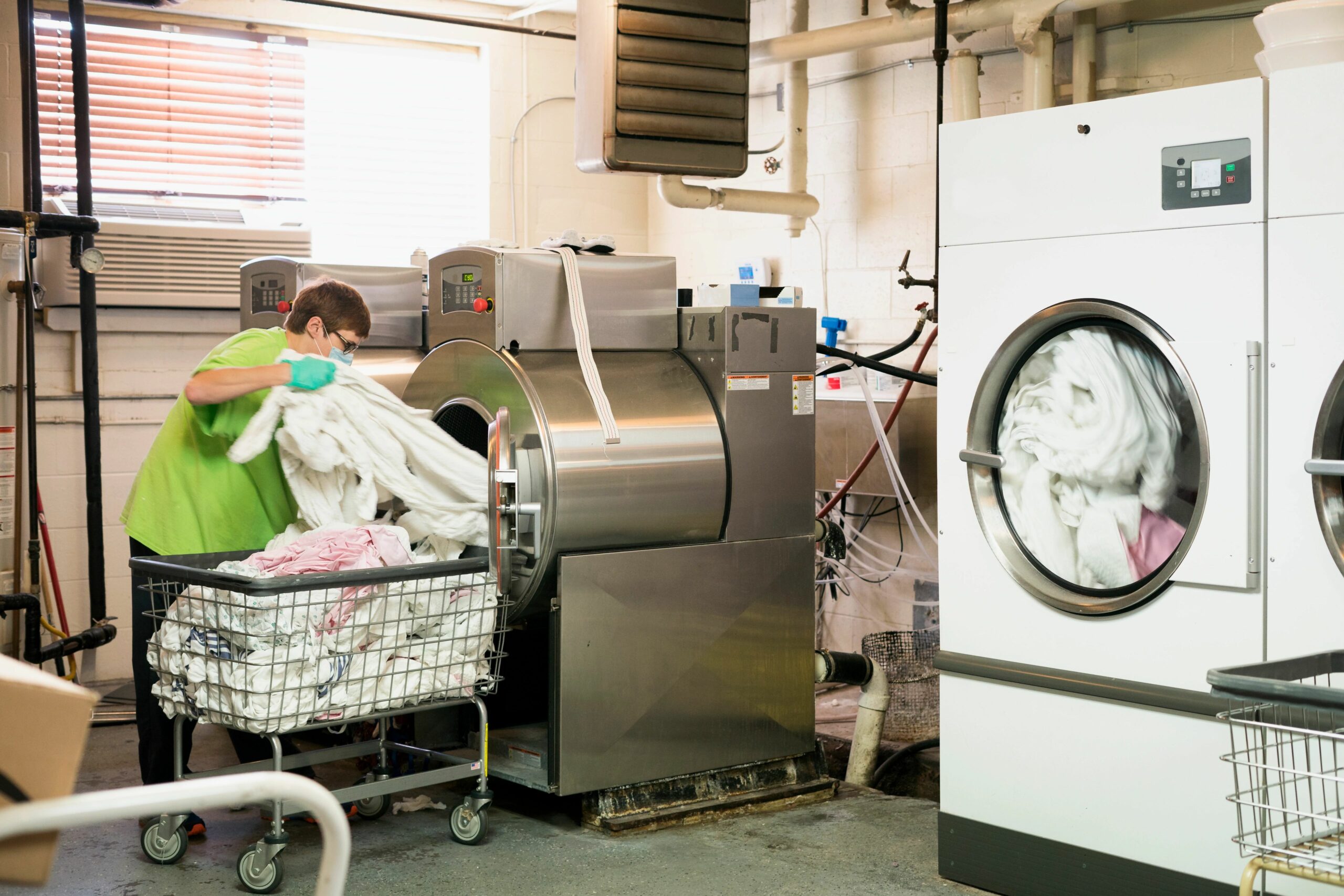4 tips to help reduce the risk of spontaneous combustion in the laundry room

Quite often, bad things aren’t the result of a giant action, but rather occur through a series of seemingly “small” innocent missteps. That’s the case with the all-too-frequent occurrence of spontaneous combustion fires in commercial laundries.
Spontaneous combustion in the laundry often happens in the tumble dryer and is mistakenly thought to be an equipment issue – “the tumbler was too hot.” The reality is that the fires are the result of a series of “small” process breakdowns. Good thing is, process issues can be fixed or spotlighted to help reduce the threat of such fires.
- Start with sorting. Fire conditions start with a fuel source such as cooking oils and fats, suntan oil, or cleaning products. If your laundry is getting rags, towels, or other items with these substances on them, they should be separated.
- Wash with purpose. Next step is selecting a wash cycle engineered to remove these contaminants. Spontaneous combustion can only occur if these fuel sources are not removed from the linens. Work with your chemical company to assist in setting specific wash programs to do exactly that.
- Focus on the dryer. Spontaneous combustion is most likely to occur in the dryer after the moisture has been removed. If contaminants are left in the linen, temperatures in the center of a load may build and ultimately ignite. To guard against this, allow the dryer to complete its cool-down cycle. Also, don’t let loads sit in the dryer or carts before they are cool.
- Don’t forget the training. Help staff understand how the seemingly innocent process breakdowns of not sorting, selecting the wrong cycle, or not allowing loads to complete a full cool-down, can build up to a fire. Make sure they are trained and review your laundry management system data regularly to ensure they are following procedures.
The risk of spontaneous combustion in the laundry can be reduced significantly when staff is on the same page about the importance of process.
